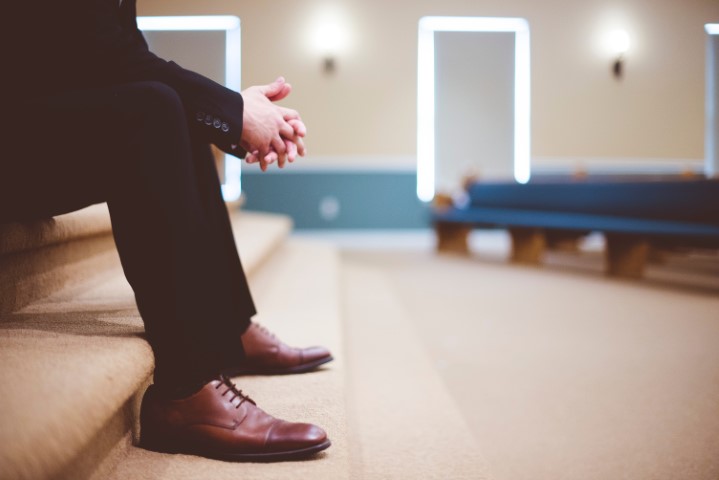ERAS season has finally begun, and ERAS tokens are now available to start the residency application process for a 2020 residency position. This also means that attendings may now upload their letters of recommendation to ERAS. The letter of recommendation (LOR) may seem like an aspect of your application that is entirely out of your control. But, I can assure you it is not. In fact, there is a lot that you can do to ensure you get a well-written and strong LOR. In the next few paragraphs I will provide you with the best approach to requesting a LOR from your attending. This approach will ensure that your attending has all the information they need to write you an excellent LOR.
What to give your attendings to ensure a great residency letter of recommendation:
To ensure your attendings write a great letter of recommendation, schedule a private meeting with each attending physician and bring your “foolproof portfolio.”
The best way to ask an attending for a LOR is in person through a scheduled, formal meeting. This allows you to kindly request a LOR in a comfortable and private setting.
Furthermore, a formal meeting gives the attending an opportunity to ask you questions, learn more about you and your future goals, and ultimately remember you when they begin writing your LOR. At this meeting, you should present your attending with your “foolproof portfolio.”
What is this “foolproof portfolio” you may ask? It is essentially a folder containing every document your attending could possibly use to make the writing process as quick and as painless as possible. Plus, it will give you the opportunity to mention the qualities you would like your attending to highlight in your LOR.
Your folder should include the following:
- Cover letter. This is where you thank your attending for taking the time to write your LOR. It is also where you should provide your attending with the dates of the rotation(s) you had with them, a list of documents that you are including in this portfolio, and the application deadline to ensure the LOR is submitted on time.
- CV. This is your resume. Make sure you include a professional picture of yourself so that your attending can remember you well.
- Personal Statement. You don’t necessarily have to have a completed personal statement. A well-written draft is fine. This provides your attending with an understanding of why you chose your desired specialty.
- ERAS Letter Request Form. This form can be found in ERAS and will provide your attending with information regarding how to upload the letter onto ERAS. You can also send the request form via email, although I think it is good to provide them with a hard copy just in case.
- Med school transcript.
- 3 notable patient encounters you had during your rotation. This is one of the most important documents in your “fool proof portfolio.” It will allow your attending to mention specific examples of your patient encounters and to comment on your clinical skills.
- Any evaluations you may have received while on your rotation.
- A list of articles or topics you may have presented during the rotation. This will allow your attending to write specific details regarding your participation in the rotation. It will also allow them to comment on your knowledge and interests in the field.
- A copy of any presentations you may have presented (i.e. PowerPoint slides).
- USMLE Score Reports (optional). Only include these if you did above average on your USMLE exams.
- Shelf Exam Score Report for the field to which you are applying (optional). Only include this if you did above average on your shelf exam for the specialty you are applying to.
- Sample patient note (optional). Adding a patient note allows your attending to comment on your note-writing skills.
With all this helpful information, your attending is bound to write you an incredible LOR. Put in the extra effort now and be grateful later!
Note: Please make sure all of your LORs are from academic attendings (i.e attendings who work directly with residents and medical students at a teaching hospital). Do not use LORs from private physicians (i.e attendings who work with students at their own private practice) because these letters are not considered “strong” and may weaken your application. Never upload LORs from family friends or physicians you’ve never directly worked with during clinicals.
The Do’s and Don’ts for Keeping Your Cool During After Your ERAS Submission
The Top Four Mistakes Residency Applicants Make on ERAS
FB Live Q&A: Demystifying the ERAS Personal Statement





